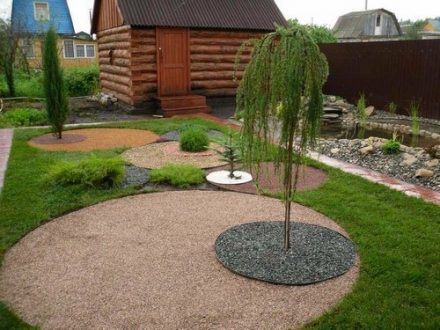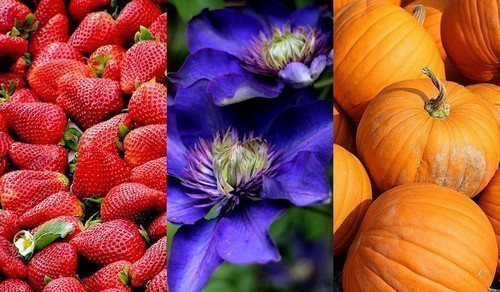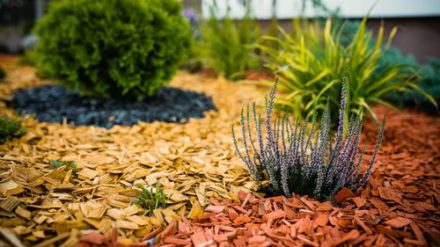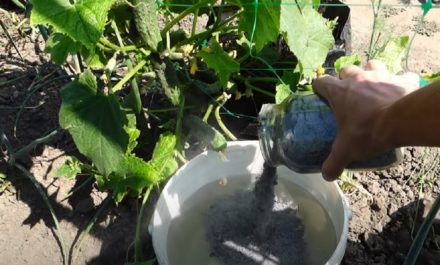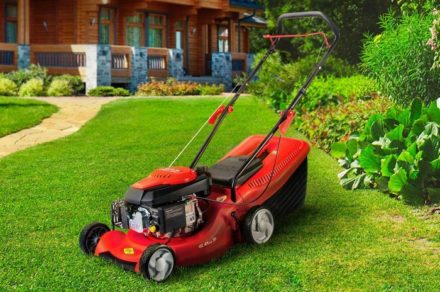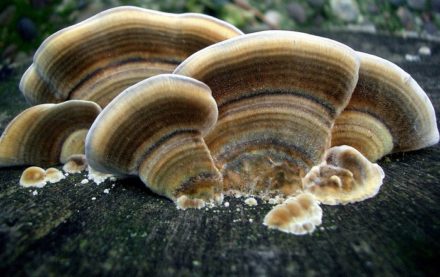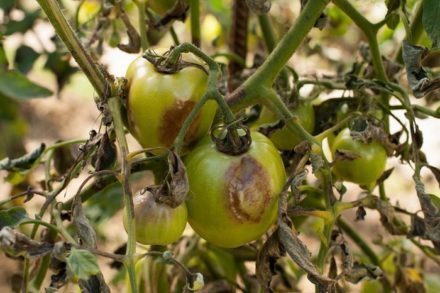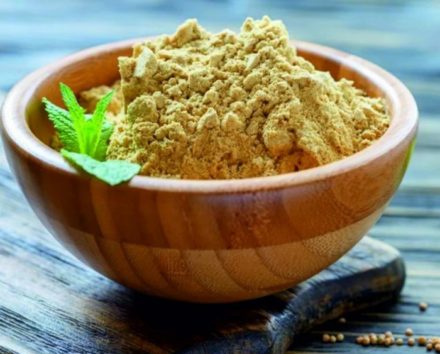Using mulch, you can save the area from drought and protect plants from weeds. Mown grass, straw, dry leaves and other materials are suitable as materials for the procedure. But besides the obvious advantages, there are also disadvantages that a gardener may encounter when using mulch from cut grass.
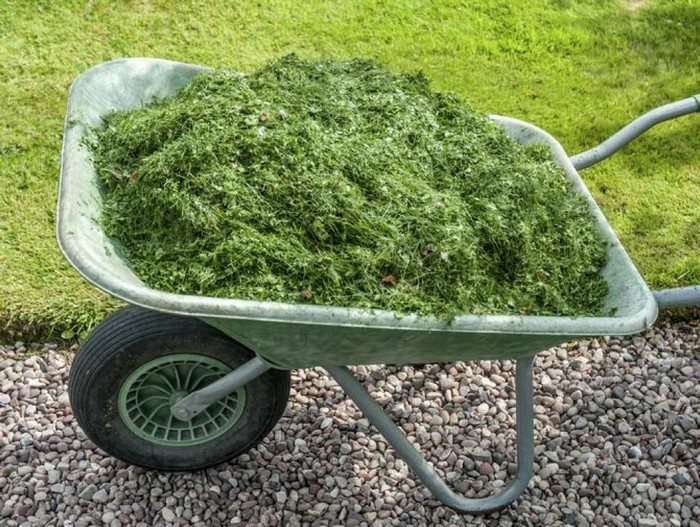
The benefits and harms of fresh grass mulch
The most affordable material for mulching is mowed lawn grass. The main advantage is that it can enrich the soil with nutrients. But the main danger of this mulching method is that fresh grass is attractive to pests and insects.
Advantages:
- moisture is retained in the soil;
- weeds appear much slower;
- a fresh lawn is rich in nitrogen, which, when it dries, enters the soil.
But if the material is used incorrectly, there is a possibility of harming your garden crops. Flaws:
- undried grass has high humidity, which can lead to rotting of the roots and root system;
- if the mulch contains plants with seed inflorescences, this will provoke the appearance of new weeds;
- the warmth of the grass flooring attracts pests, which can breed here;
- such mulch is attractive to sparrows and crows, which can damage the plant itself.
You should use freshly mowed lawn as mulch very carefully, since there are many crops for which the procedure is contraindicated.
Crops that should be mulched with grass clippings
The list of crops that can be mulched with a freshly cut lawn is extensive. Previously, it was believed that this method was suitable for protecting the trunk circles of trees and shrubs, and the thin trunks of garden crops would not withstand pressure. It's a delusion.
During the hot garden season, a freshly mowed lawn can protect any root crops from moisture loss. It is good to spread a protective layer between the rows of carrots, beets, and potatoes when the root crop begins to form and the tops of the plant reach 10 cm.
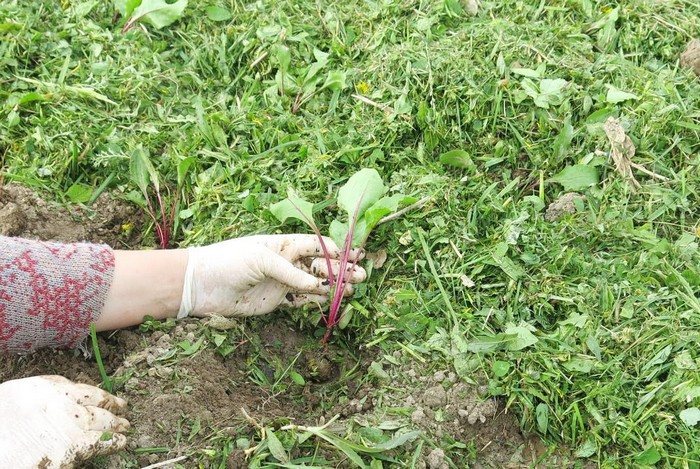
Finely chopped lawn grass will provide developing vegetables with the necessary micro- and macroelements. You can leave a layer of mulch on carrot, beet and potato beds until late autumn, changing it periodically. This will protect the root crops from early cold snaps.
But tomatoes, peppers, cucumbers, and eggplants should not be mulched at all, since the crops themselves are prone to various rot. Only mulching of tomatoes planted in open ground is allowed. But the grass must be well chopped.
It is unacceptable to compact the grass; the soil must breathe.
Rules for using mulch
When using freshly cut grass as mulch, follow simple rules so as not to harm garden crops.
- Before laying, the wet material is slightly dried and crushed.
- Remove all weeds from the garden bed and water the soil abundantly.
- The recommended thickness of dried grass is 5–7 cm.It is enough to retain moisture in the ground and protect against the growth of weeds, but at the same time the soil will breathe.
- You should not lay mulch too early, as the soil should have time to warm up under the spring rays.
- The protective layer is periodically changed, leaving the beds uncovered so that the soil is well ventilated.
- Before winter, the mulch is removed and burned.
- Weeds and grasses with signs of pest and disease damage should not be used as a protective layer for beds.
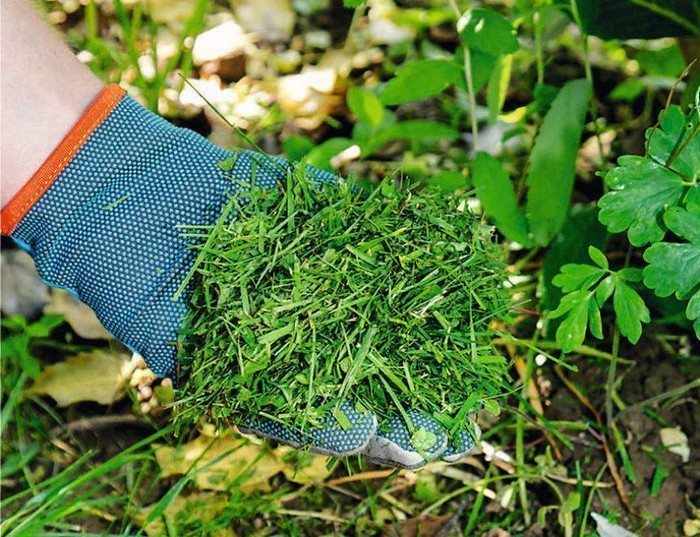
It is not recommended to mulch the soil in clay areas, since they already have a high level of moisture.
Mulching is a useful and convenient procedure if it is carried out according to the rules and in a timely manner. If you do not take into account the characteristics of the planted crops and the weather conditions of the current season, you can harm the plants.


